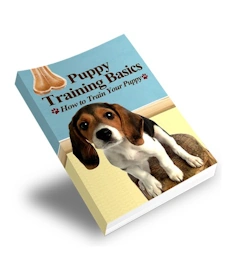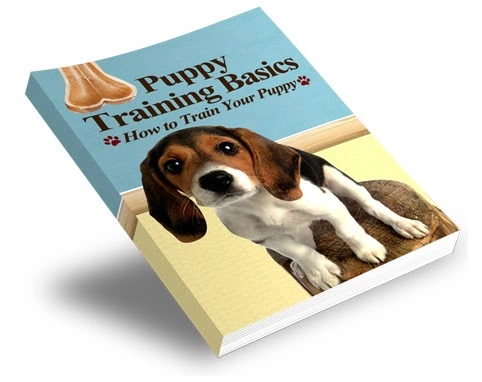
Puppy Training
Puppy Training Basics" offers an easy-to-follow, step-by-step method to teach essential commands, address unwanted behaviors, and build a solid foundation for a lasting relationship with your dog. Ideal for new owners and anyone seeking a practical and effective guide.




